In the domain of workplace safety and compliance, EHS risk assessment stands as a critical pillar. This comprehensive guide thoroughly explores the process of evaluating and managing EHS risks. Profoundly understanding and effectively mitigating these risks is imperative for establishing a secure environment and adhering to regulatory standards.
Uncover expert insights and best practices to refine your EHS risk management strategies, ultimately cultivating a safer and more productive workplace.
EHS risk refers to the potential for adverse effects on Environment, Health, and Safety within a workplace or operational setting. It encompasses a wide range of hazards and uncertainties, including chemical exposures, physical dangers, ergonomic strains, and environmental impacts. Understanding and assessing EHS risks is crucial for preemptively identifying and mitigating potential threats to employee well-being, regulatory compliance, and the natural surroundings in which an organization operates.
In this article
Part 1. Understanding EHS Risk Management
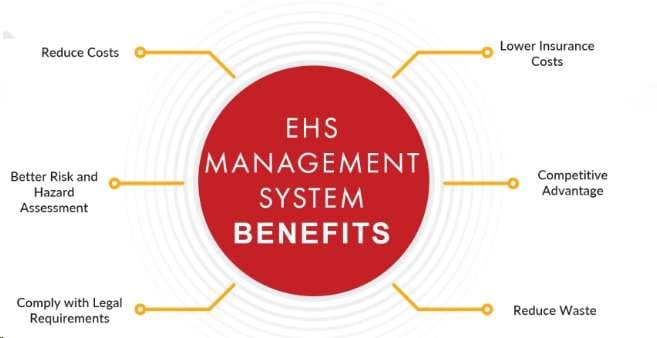
EHS Risk Management is about keeping workplaces safe. It's about finding and fixing things that could be harmful to the environment, health, or safety. This includes things like dangerous chemicals or ways people work. By managing these risks, we make sure everyone stays safe, follows the rules, and protects our surroundings. It's all about creating a secure and healthy place to work.
Part 2. Role of EHS Risk Assessment in Businesses
In any business, prioritizing safety and compliance is paramount. EHS (Environment, Health, and Safety) Risk Assessment plays a crucial role in achieving these goals:
- Identifying Potential Hazards: Pinpoints potential risks to employees, the environment, and operational processes.
- Regulatory Compliance: Ensures adherence to legal requirements, avoiding costly penalties.
- Safeguarding Employee Well-being: Minimizes accidents and health issues, fostering a secure work environment.
- Enhancing Operational Efficiency: Reduces disruptions, ensuring smooth and uninterrupted business operations.
- Preserving Reputation: Demonstrates commitment to safety, and building trust with stakeholders and customers.
Part 3. Key Components of EHS Risk Assessment
Successful EHS Risk Assessment involves several key components, each playing a vital role in ensuring workplace safety and compliance. Understanding these elements is essential for a thorough evaluation. The main components include:
- Hazard Identification: Recognizing potential risks and dangers in the workplace.
- Risk Evaluation: Assessing the likelihood and severity of identified hazards.
- Mitigation Strategies: Implementing measures to reduce or eliminate risks.
- Evaluation and Oversight: Consistently appraising the efficiency of risk management initiatives.
Implementing a successful EHS risk assessment requires careful planning and execution. Here are some helpful suggestions to assist you as you go through this process:
- Engage Cross-Functional Teams: Involve experts from various departments for a comprehensive assessment.
- Prioritize Hazards: Focus on high-risk areas first to allocate resources effectively.
- Use Technology: Leverage EHS software for efficient data collection and analysis.
- Provide Training: Ensure all employees understand the assessment process and their roles.
- Document Everything: Keep detailed records for future reference and analysis.
Part 4. Creating a Risk Assessment Diagram Using EdrawMax
Creating a Risk Assessment Diagram using EdrawMax holds immense significance in streamlining the EHS risk assessment process. EdrawMax's intuitive interface and diverse templates simplify the visual representation of hazards, their potential impact, and mitigation strategies. This tool not only enhances clarity and comprehension but also facilitates effective communication among team members.
By utilizing EdrawMax, businesses can elevate their risk assessment efforts, ensuring a safer and more compliant work environment.
Here are the steps to create a simple risk assessment chart using EdrawMax:
Step 1: Open the EdrawMax application on your computer. Click on the "New" button and choose a template category. For a risk assessment chart, you might select a template under the "Flowchart" or "Diagram" category.

Step 2: Drag and drop shapes and elements onto the canvas to represent different components of your risk assessment, such as hazards, likelihood, and consequences. Double-click on the shapes to add labels and define the elements. For example, label the shapes representing hazards with specific types of risks.
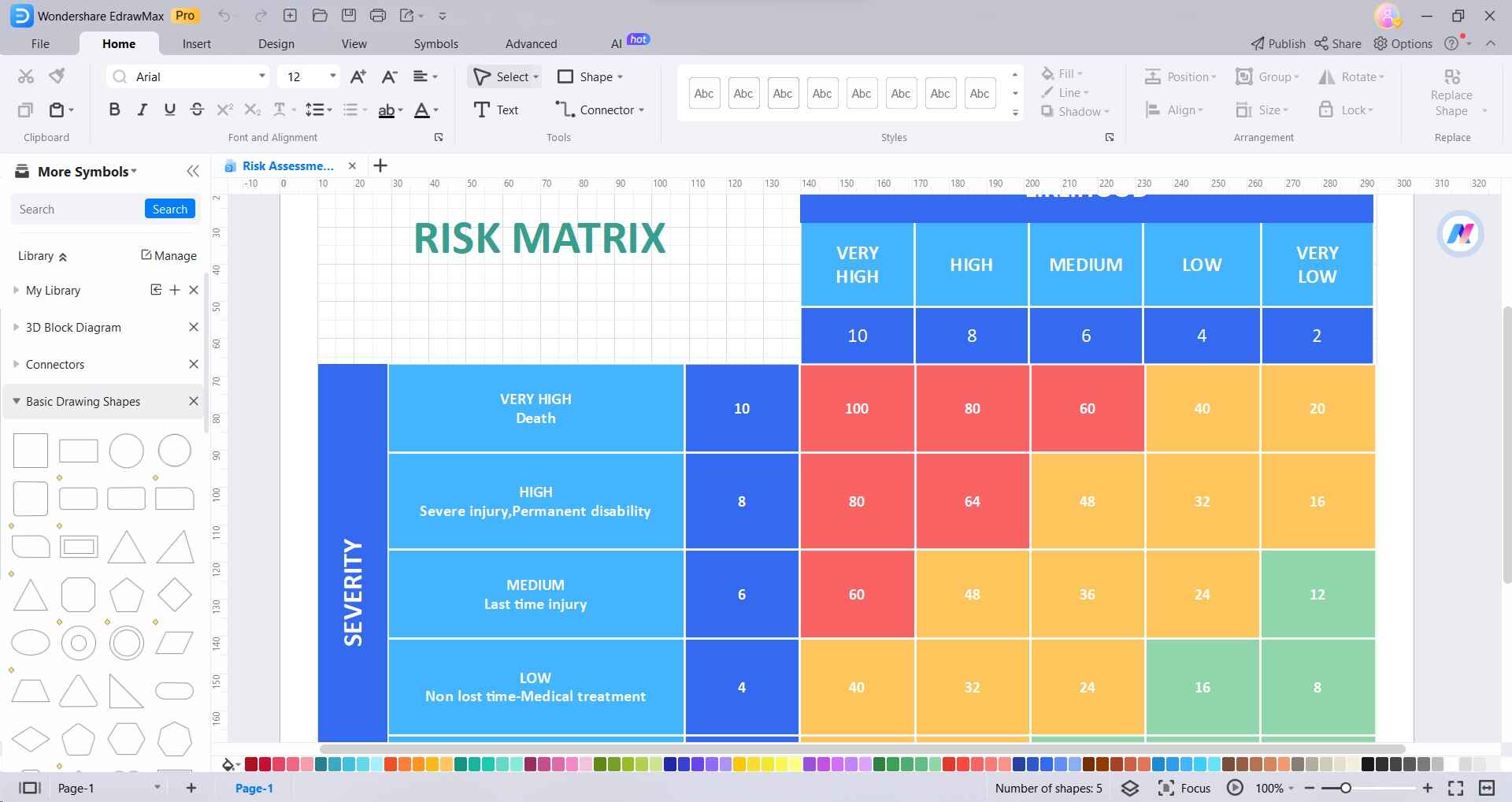
Step 3: Use arrows or connectors to indicate relationships between different elements. This helps to illustrate the flow of the risk assessment process. Use text boxes to provide additional information or details about each element in the chart.
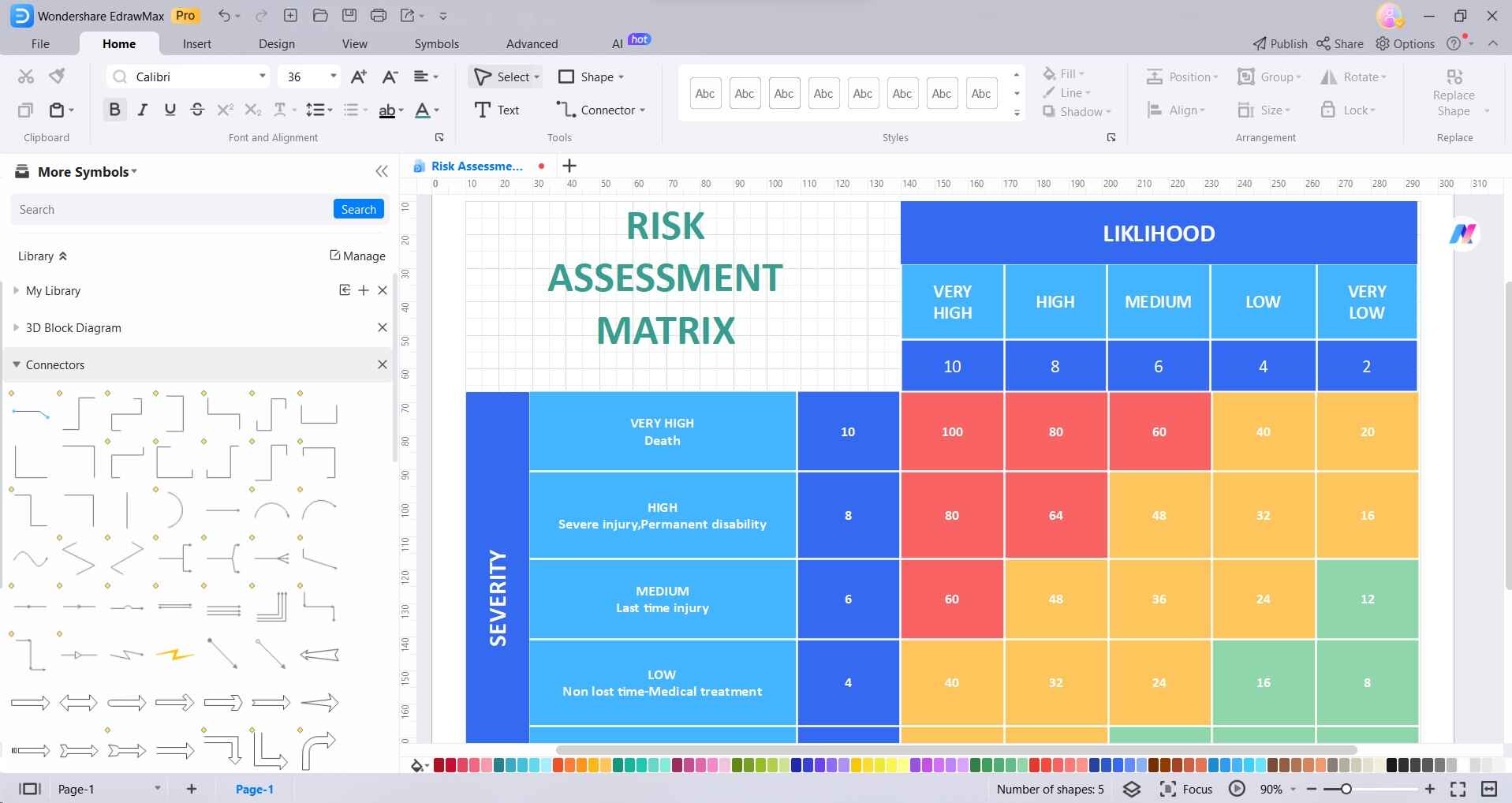
Step 4: Apply colors and formatting to enhance the visual clarity of the chart. For instance, use red for high-risk elements and green for low-risk ones.
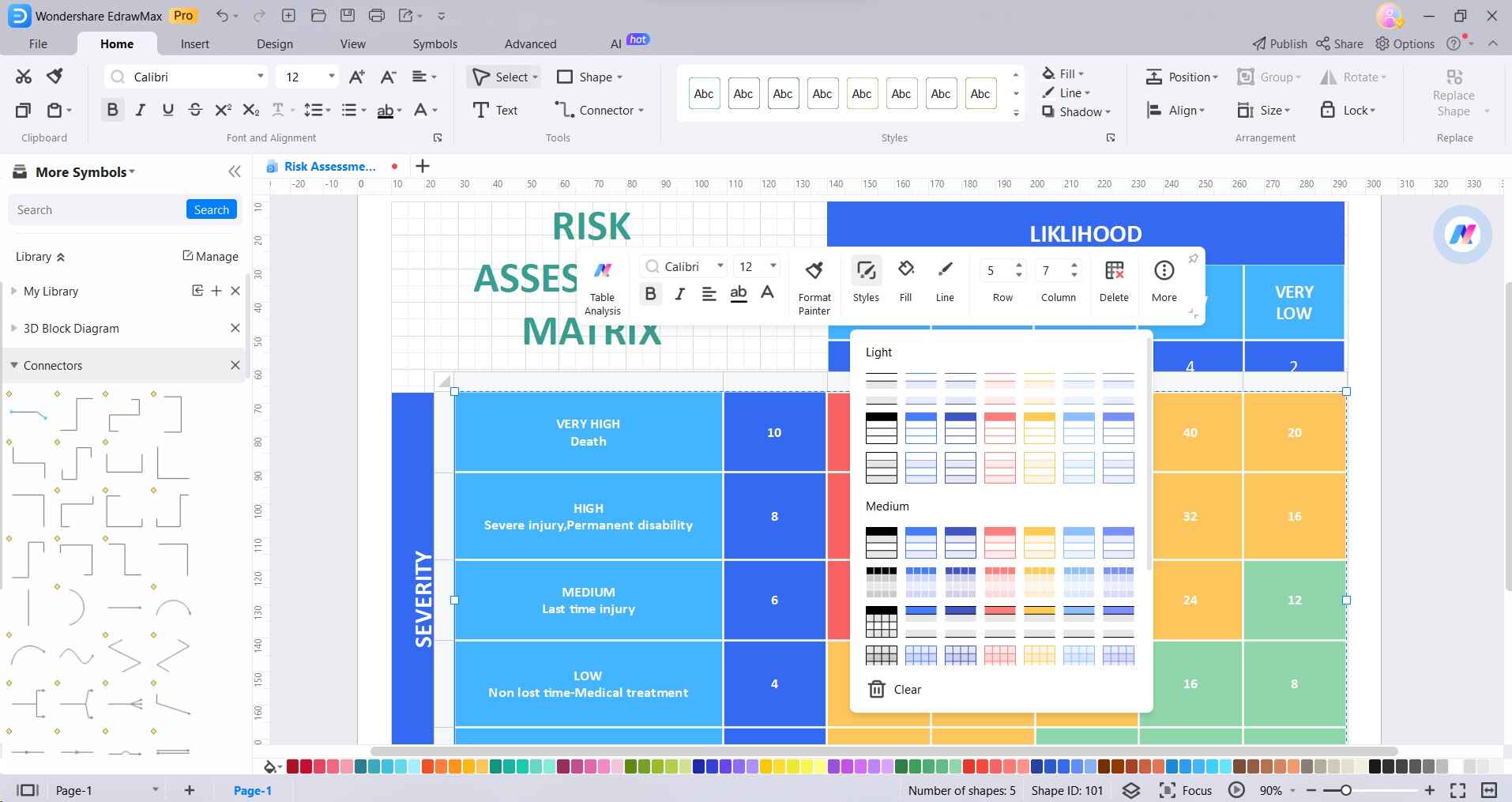
Step 5: Once you're satisfied with the chart, save your work and export it in a suitable format (e.g., PNG, PDF) for easy sharing and printing. Take a moment to review the chart for accuracy and completeness. Make any necessary revisions before finalizing it.
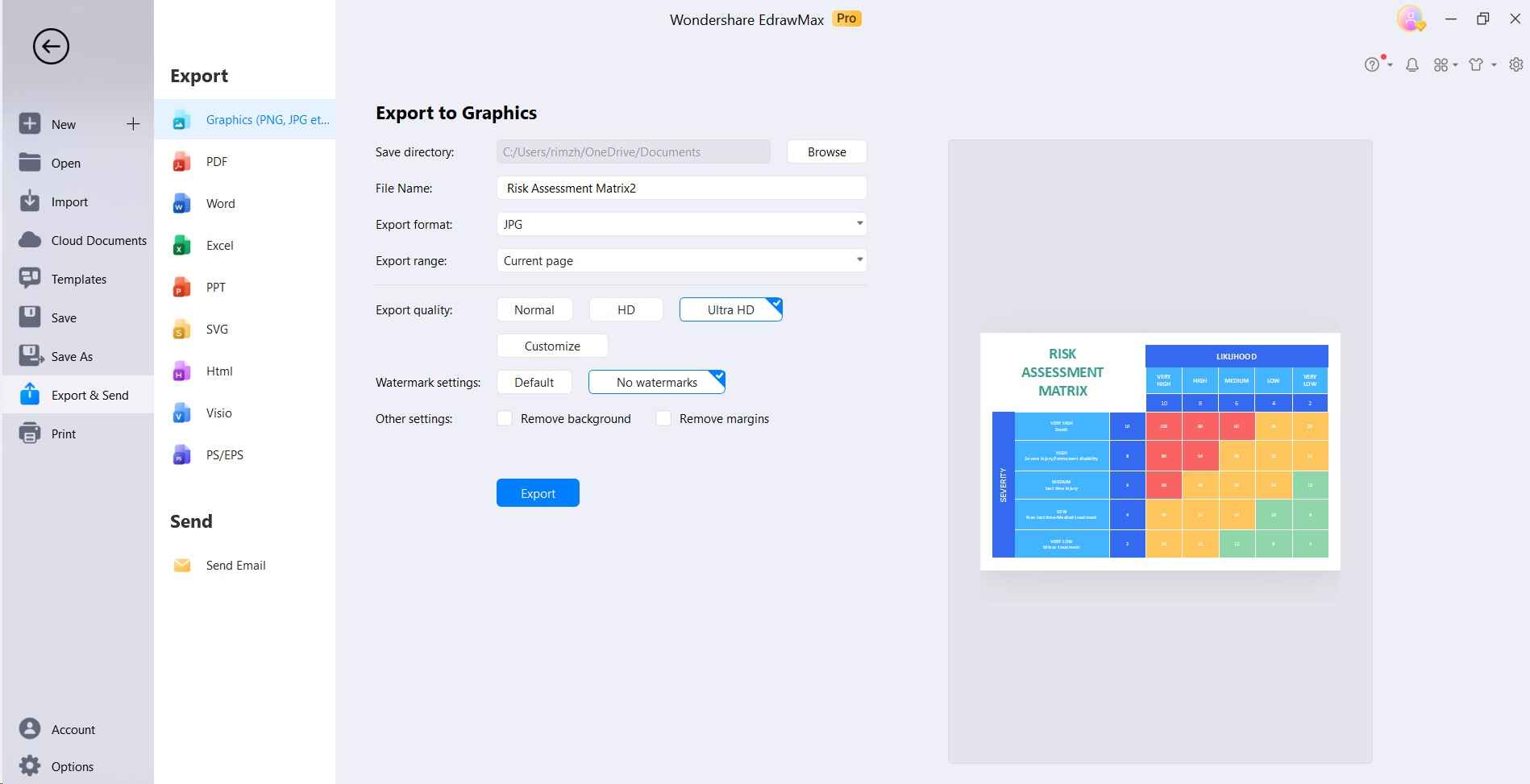
Following these steps, you can create a clear and informative risk assessment chart using EdrawMax.
Conclusion
EHS risk assessment is an indispensable tool for safeguarding workplace environments. It empowers businesses to proactively identify and mitigate potential hazards, ensuring the well-being of employees and compliance with regulations.
Leveraging EdrawMax significantly amplifies this process. Its user-friendly interface and diverse templates expedite the creation of clear and informative risk assessment charts. This not only enhances communication but also streamlines decision-making. Ultimately, EdrawMax proves instrumental in fortifying businesses against potential risks, fostering a safer and more secure work environment.




